Mizoram doesn’t have the same stray dog population found in many other parts of India. Most of our four-legged friends here have homes, names, families, and a favourite spot to nap in.
But every now and then, curiosity (or poor gate-keeping) gets the better of them, and they wander off to explore the neighbourhood, chasing cats, or leaving an unwanted “gift” on someone’s driveway.
I live in Chaltlang (though I stay at my farm), and every morning, our Chaltlang M-I section’s WhatsApp group is usually filled with complaints about dog poop in front of somebody's gate or garage.
Our Chaltlang Local Council, also known as LC (which is our version of the Municipal Corporation), has tried to tackle this issue before, like capturing and leashing loose dogs and imposing a fine on their owners when they come to collect them. But I guess it is not that effective.
Over here at my farm at Neihbawih, Sihphir, we have the Village Council, also known as VC (which is our version of the Panchayat), and recently, our Sihphir VC came up with a new initiative, and I figured it’s worth sharing here for both my Mizo and non-Mizo readers.
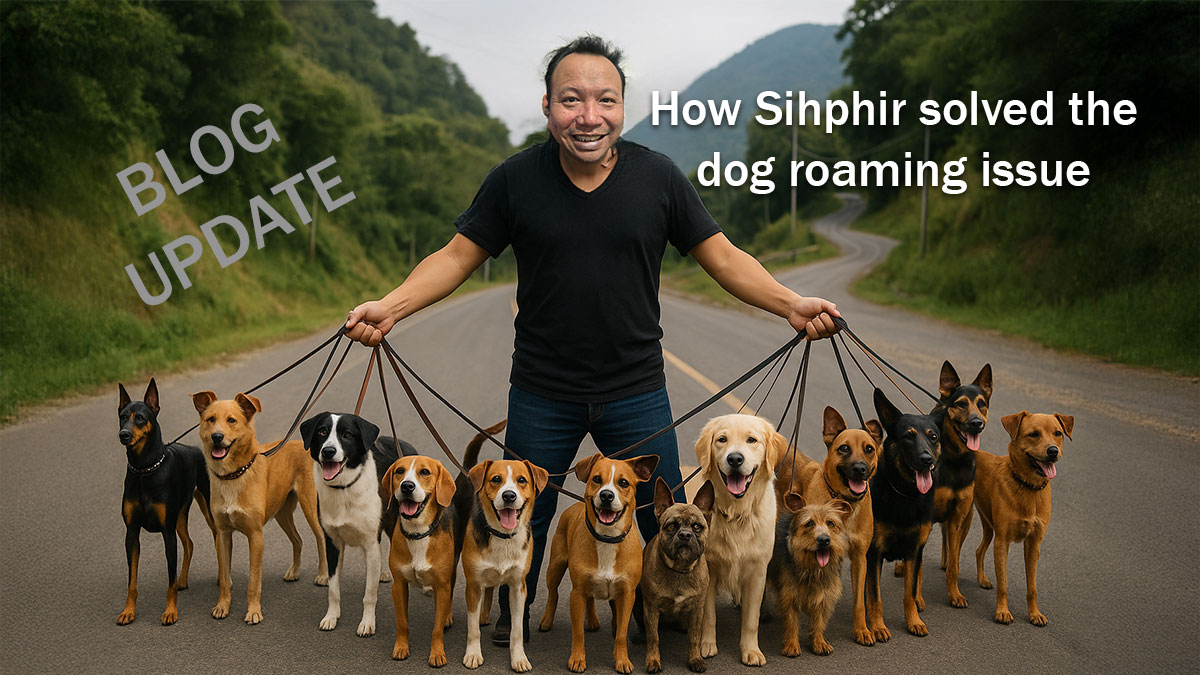
On 15th April this year, the Sihphir VC summoned every dog owner within Sihphir for a meeting at the YMA hall. As a dutiful Neihbawih farmer, I fulfilled my civic responsibility by hiring a 2-wheeler taxi and heading down to Sihphir for the gathering.

By the time I arrived, the YMA hall was already packed.
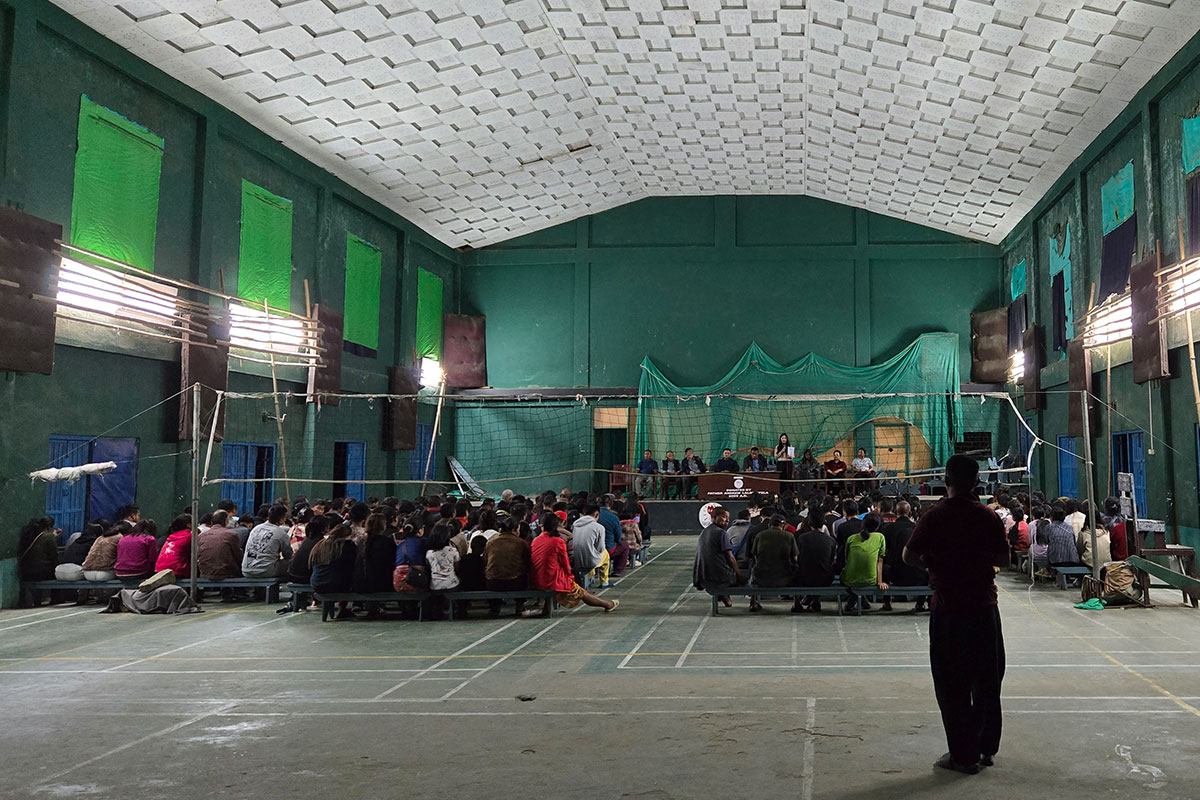
A cute veterinary doctor spoke passionately about the importance of vaccinations, how parvovirus spreads, ways to prevent it, and general tips on proper dog care.

I think it was a really good talk because most people were listening attentively. She spoke about the importance of getting not just anti-rabies vaccines, but also combined vaccines, regular boosters, and even vitamin shots. I could see the faces of people around me light up. Good job, Sihphir VC.
After that, the VC leaders unveiled their new initiative.
Every dog owner would have to register and be assigned a unique ID. All dogs belonging to the same owner would share that ID, which would then be printed on a dog tag for each of their pets to wear. That way, if a dog were found wandering around, the owner could be quickly identified.
We were then asked to line up according to our YMA sections to register. Since I’m from Neihbawih, I fall under the Chawngbawla section, so I joined that queue. Eventually, I was registered and assigned the number "324".
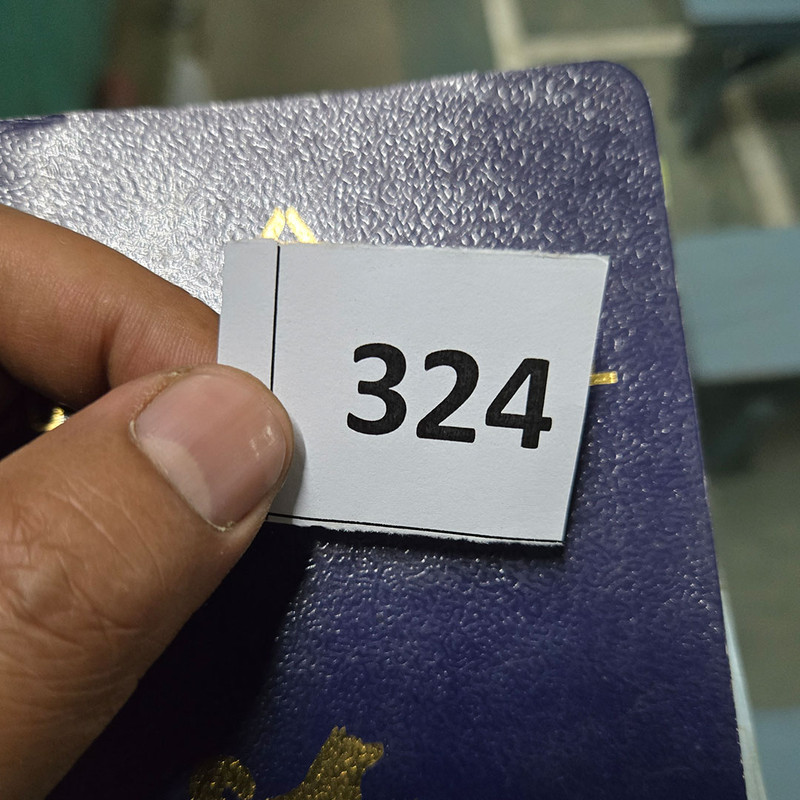
Once everyone had their registration numbers, we were told to wait for further instructions and for the tags to arrive. I returned to my freezing, lonely farm on the same 2-wheeler taxi.
And then on May 24th, Sihphir VC announced again that all the dog tags had arrived, and I went down from Neihbawih again to collect my tags. Each tag cost ₹50, so with my five "kids", that came to ₹250.
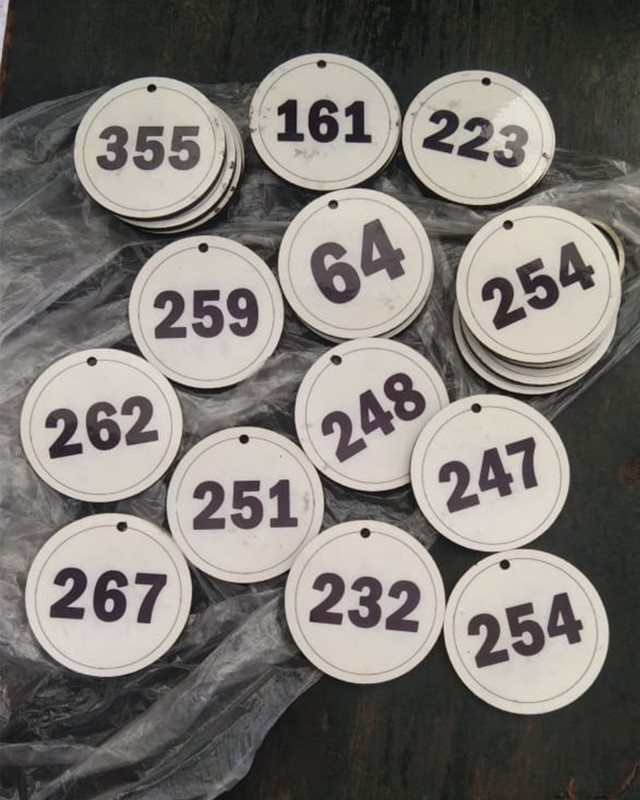
They were neat, round, white tags with my number “324” printed in bold. I proudly clipped them onto all five collars. Other dog owners of Sihphir too did the same, and a lot of them shared their pet photos featuring their new tags.
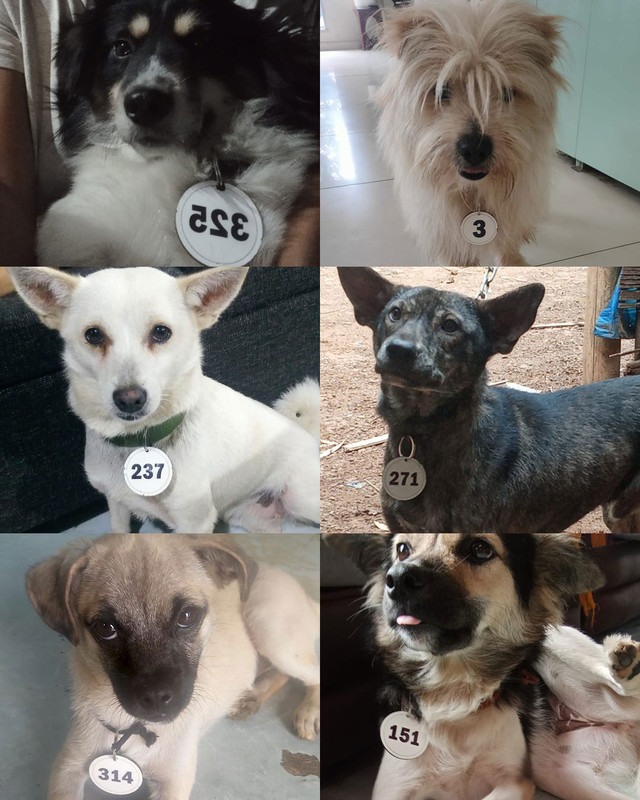
Once everyone had collected their dog tags, Sihphir VC rolled out the next set of rules, which I’ll translate and keep as simple as possible:
1. Dogs aren't allowed to roam freely outside their owner’s house, compound, or farm.
2. If you see a dog outside without a leash or its owner, you can take a photo and submit it to the Village Council.
3. If the dog has a registered tag, the owner will be fined ₹500.
4. If the dog isn’t registered, the fine doubles to ₹1,000.
5. The fine amount will be given to the person who submitted the photo, along with the location and time.
And believe me, it actually worked. Overnight, dog owners became far more cautious about letting their pets wander off, knowing there was a fine (and a neighbour with a camera) waiting for them. At the same time, the lure of a little cash reward gave people extra motivation to play "watchdog" for the community. Sihphir’s streets suddenly felt cleaner, quieter, and blissfully free of four-legged traffic accidents.
A truly effective initiative indeed.
Kudos to Sihphir VC.
There was one tiny hiccup, though. The VC-issued dog tags were made of light, plywood-type material, and this wasn't a problem for those people with only one dog at home. But for those of us who have multiple dogs, yeah, you know how rough they sometimes get when playing with each other. In less than a week, my dogs had chewed off most of their brand-new IDs!
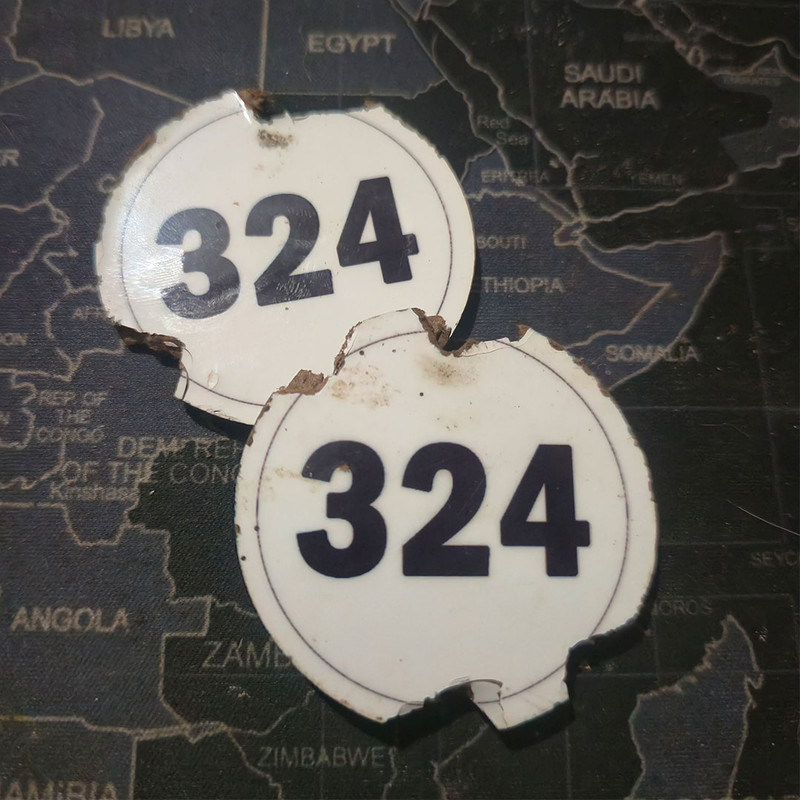
And so I turned to my trusted tag-maker on Amazon - JYPR, from whom I’d ordered customised tags a couple of times before.
The VC’s rule required the ID number to display prominently, but none of JYPR’s listed designs matched that requirement. So I contacted them directly, explained the situation, and they told me not to worry. All I had to do was order the number of tags I needed, and they’d custom-design them exactly the way I wanted. A few messages and a design proof later, I gave the green light.
A couple of weeks later, my shiny new dog tags arrived, perfectly in line with the VC's rule.

And the best part? They’re made of steel. Good luck to my dogs trying to chew through that, lolz.
When some of the other dog owners in Sihphir saw my customised tags, they wanted the same for their pets. So I placed another order with JYPR (at this point, I really should start charging commission, lolz), and soon enough, more dogs in Sihphir were sporting their new indestructible bling.
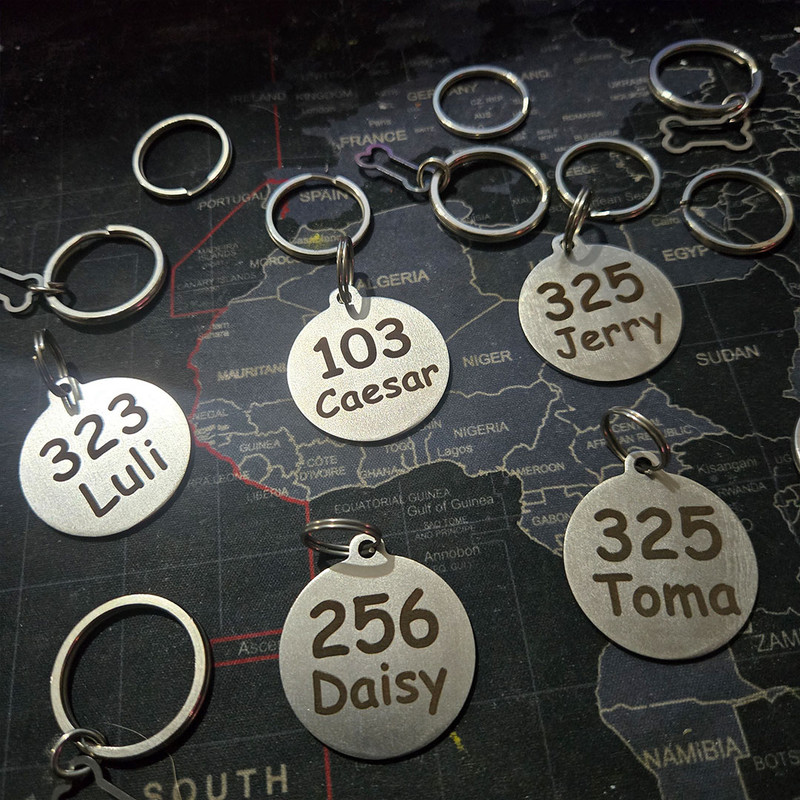
And that, in a nutshell, is the new Sihphir system for keeping dogs from running wild on the streets.
Do you like this new system? Feel free to leave a comment.
Perhaps this same method may not work out that well in the city, where it's quite easy now to just superimpose a photo of your neighbour's dog on the street using AI, lolz, but for a quiet hamlet like Sihphir where everybody knows everybody, good luck trying to fool anyone. Here, community is its own watchdog, and no amount of fancy tech can outsmart the close-knit eyes of the village.
Cheers.